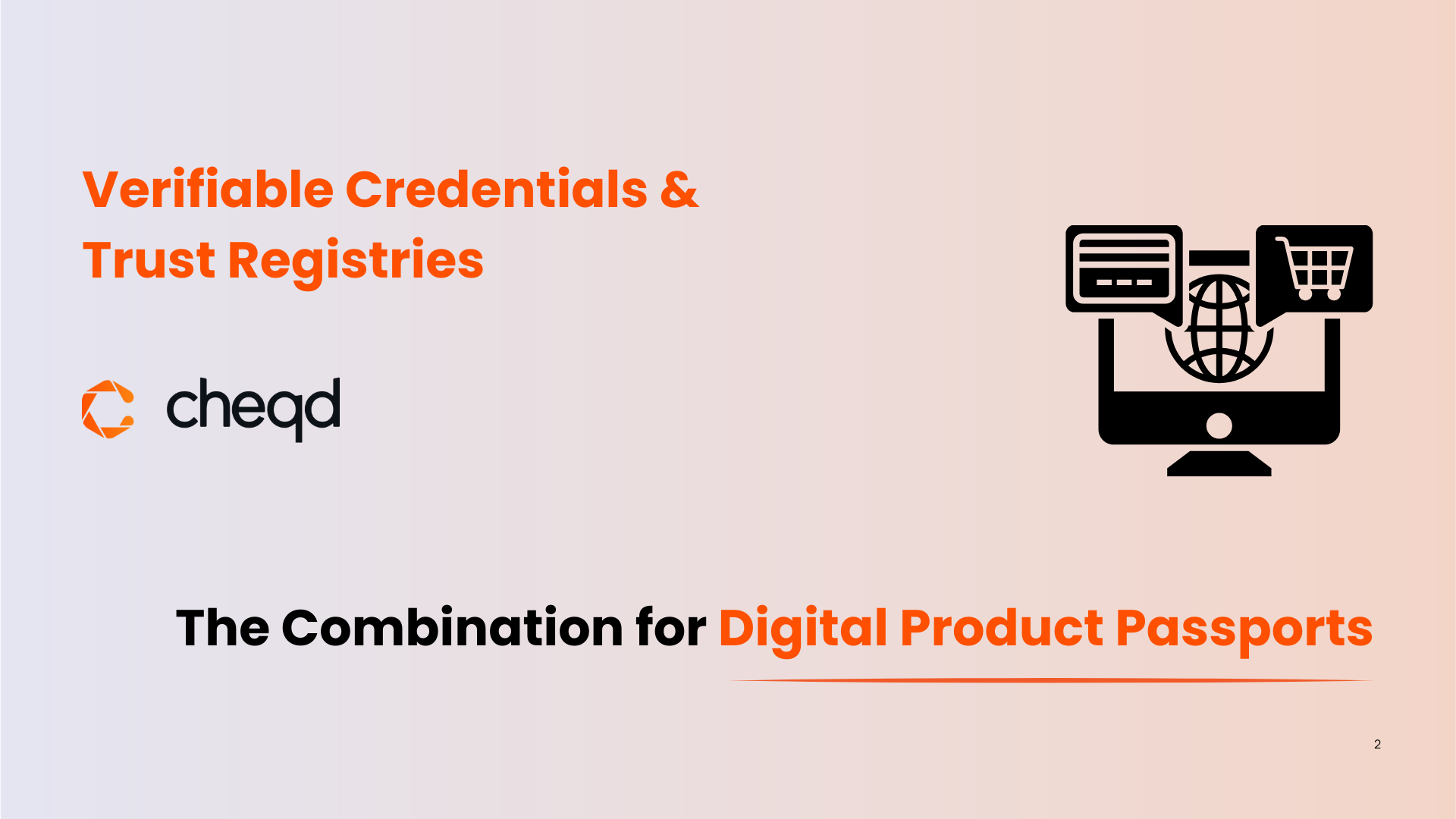
Verifiable Credentials & Trust Registries: The Right Combination for Digital Product Passports
Digital Product Passports (DPPs) are digital records that aggregate and store data about a product and its footprint along the supply chain. To put it
From Web3, Trusted Data Markets, Soulbound tokens, self-sovereign identity (SSI), decentralized identity, blockchain, governance, CeDeFi, technology delivery, and enterprise deployment – we provide our latest perspective and discuss all things digital identity.

Digital Product Passports (DPPs) are digital records that aggregate and store data about a product and its footprint along the supply chain. To put it
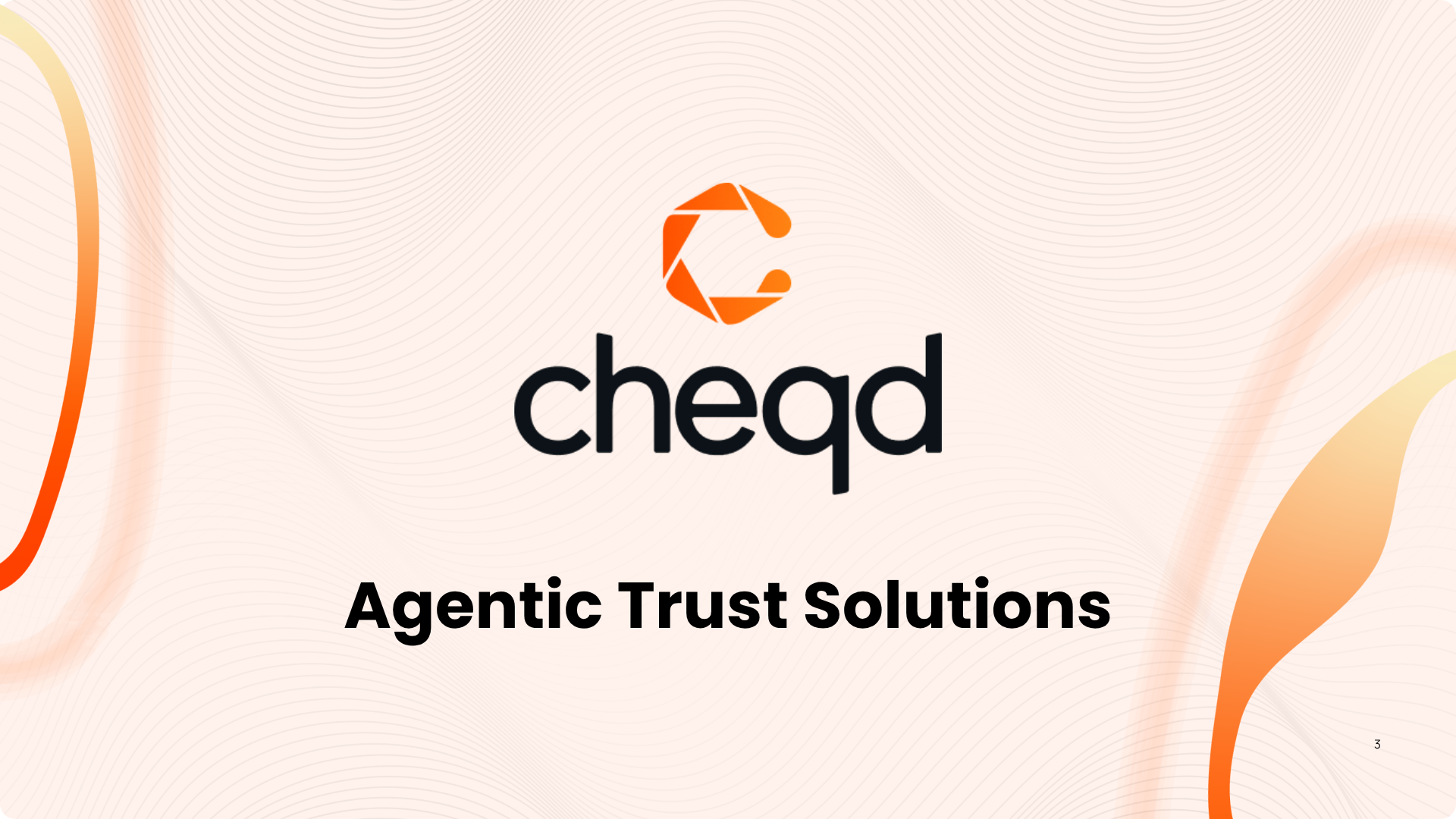
AI agents are developing from simple chatbots into capable assistants that can carry out valuable tasks and automate decision making. As adoption accelerates, the need
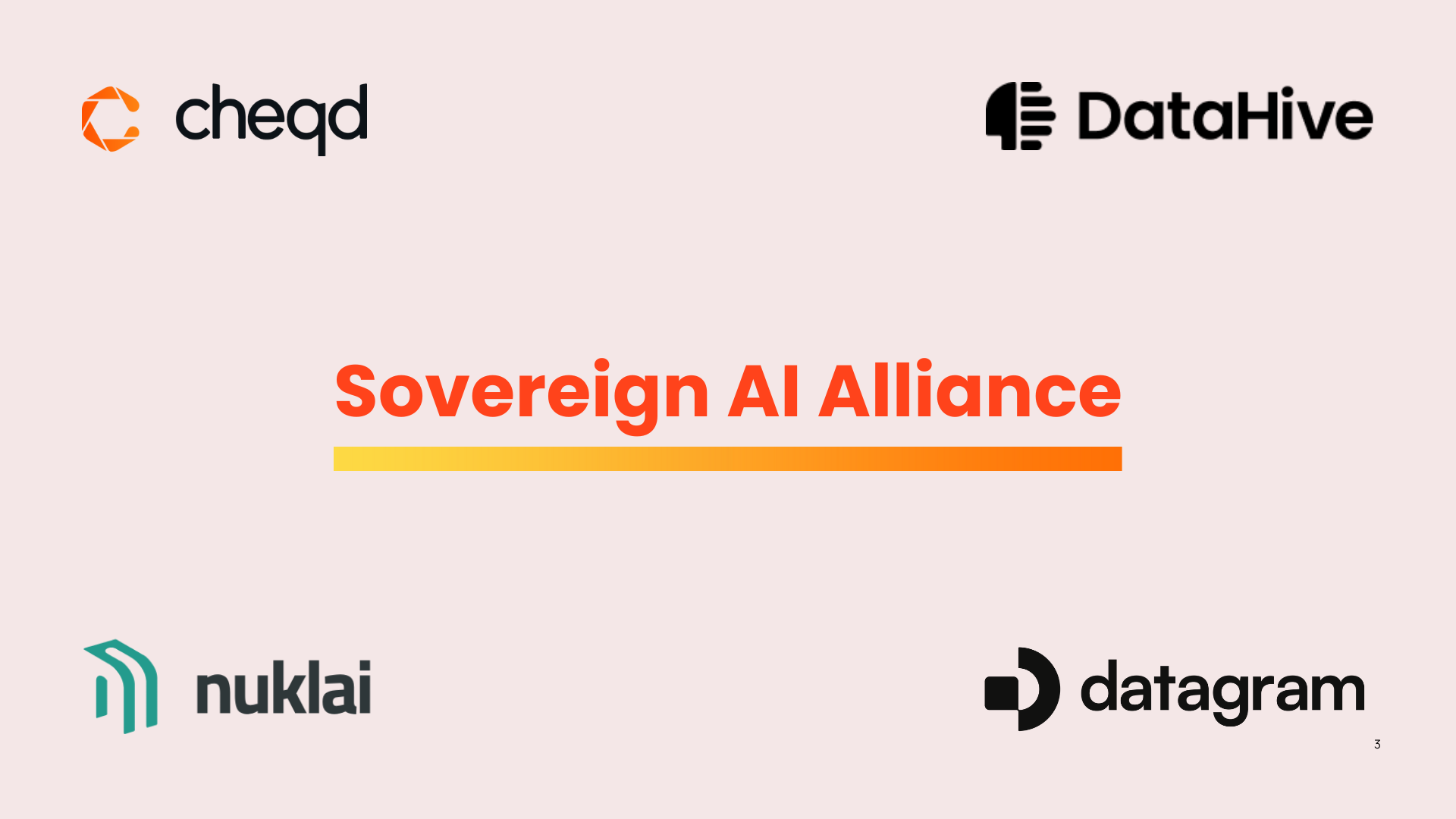
Four Industry Pioneers Unite to Create the Post-Web Intention Economy Today marks the formation of the Sovereign AI Alliance (SAIA), a coalition established to develop
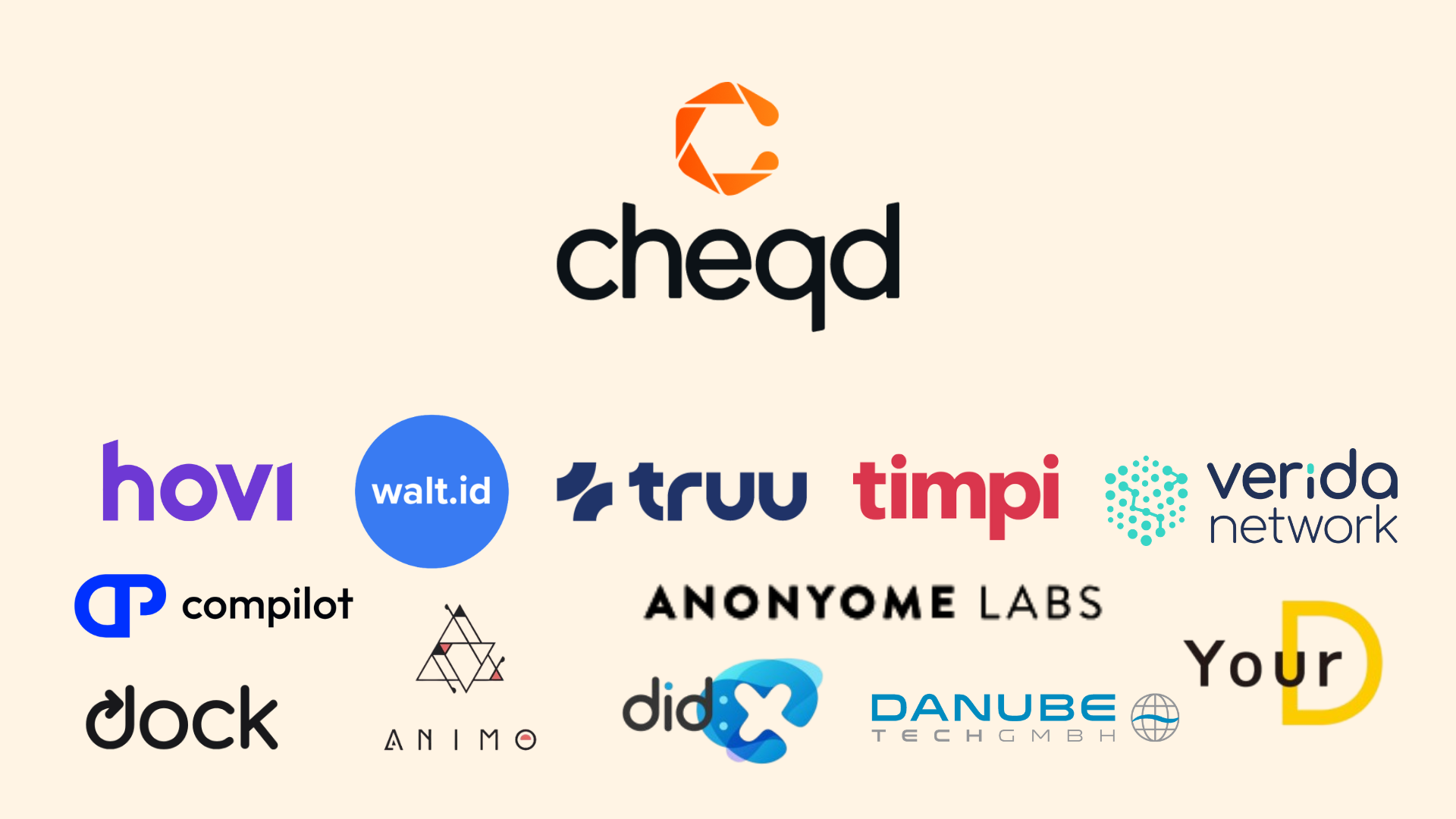
cheqd, a market-leading solution enabling individuals and organisations to take control of their data has expanded its partnership network. SSI or decentralised identity is an

Can we still trust what we see, hear, and read when artificial intelligence can fabricate reality with that level of precision? The entire digital media
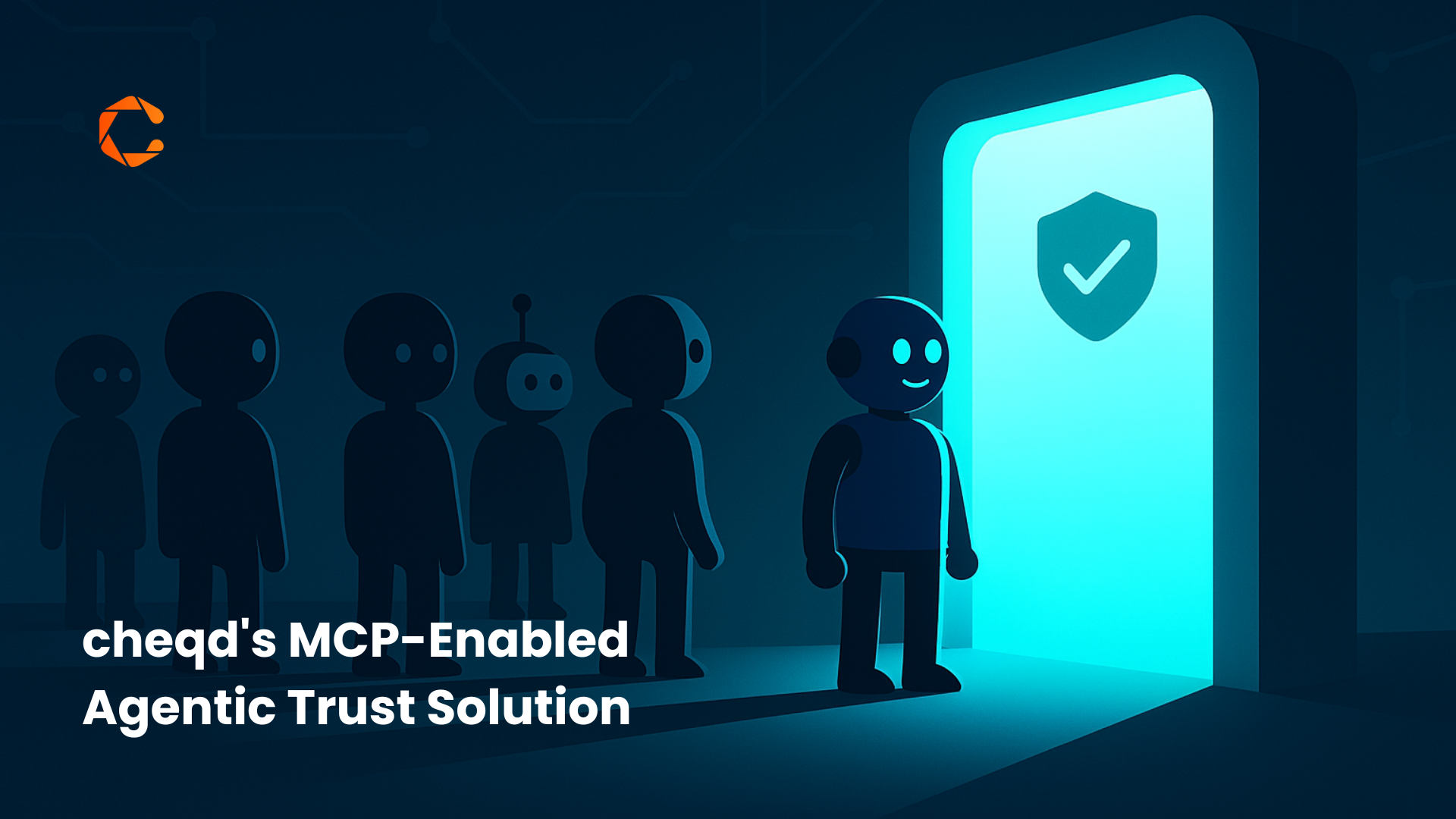
Imagine a world humming with AI agents – digital helpers managing your schedule, booking travel, executing transactions, even collaborating with each other. This future is
Select your language to view our content